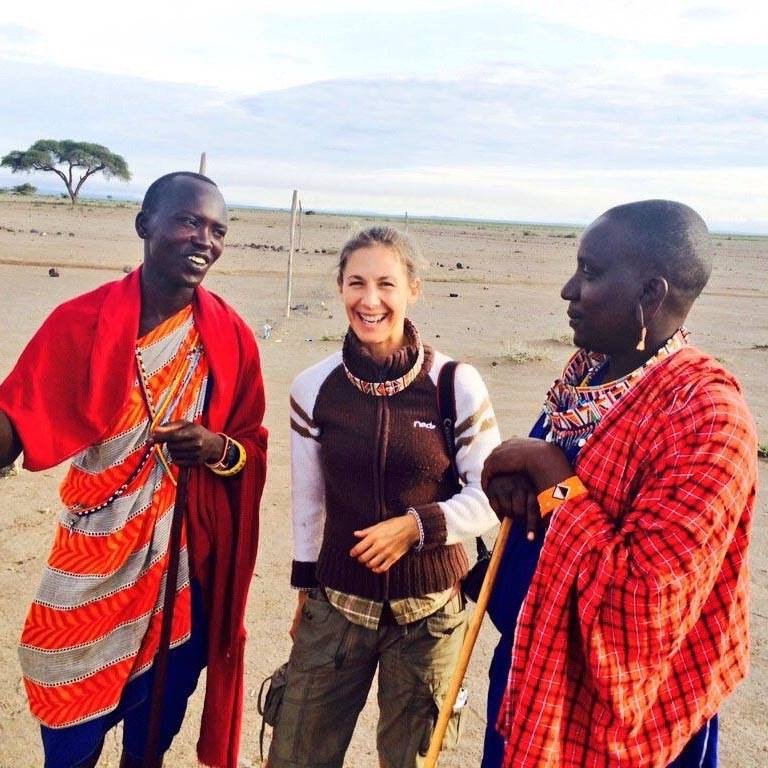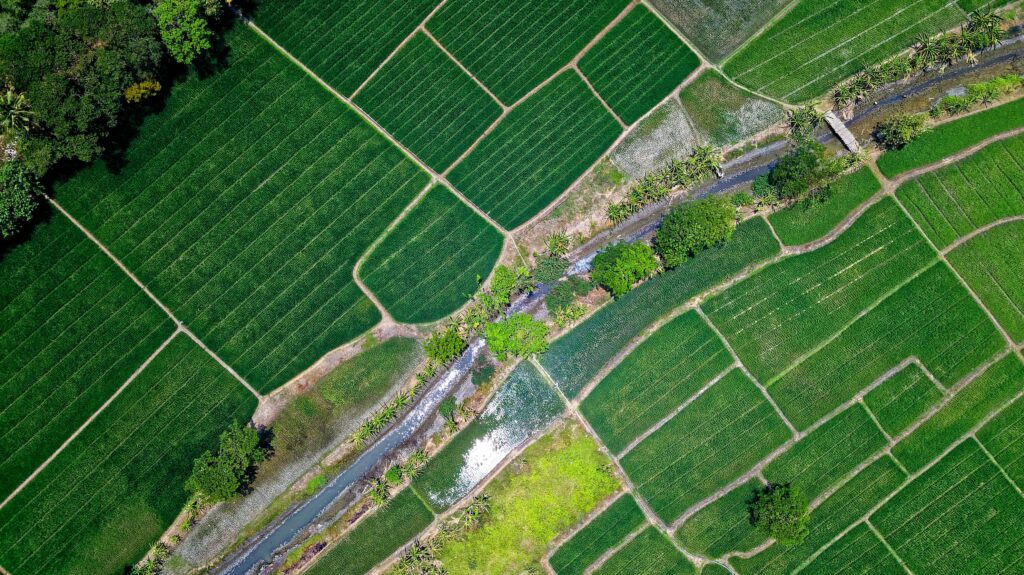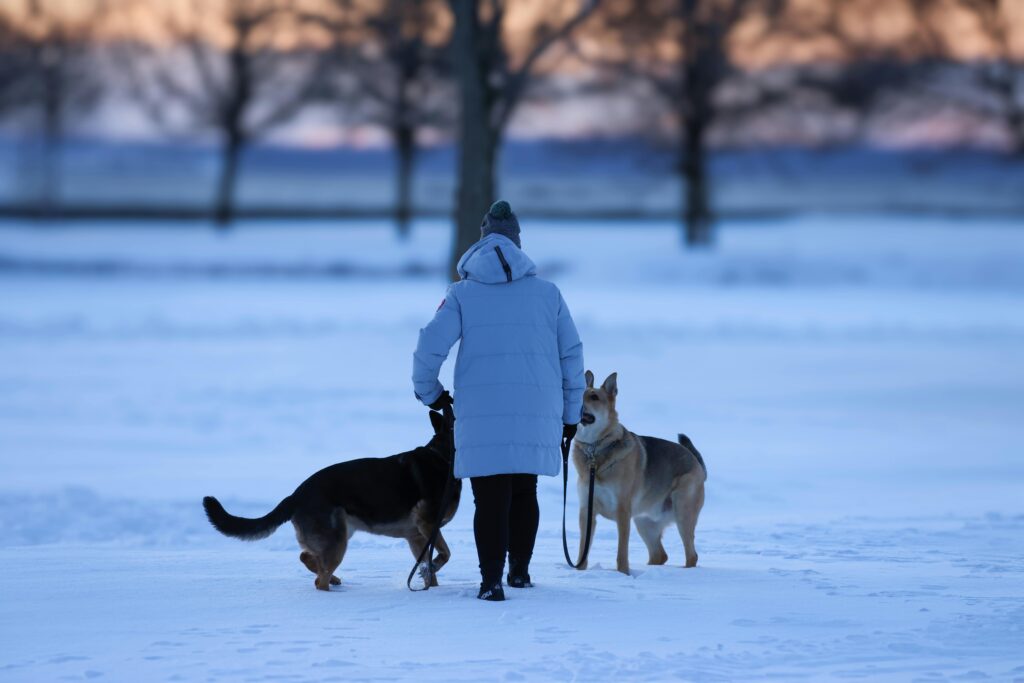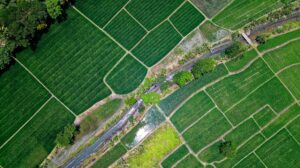While community-led conservation has shown immense promise, it is not without its challenges. Issues like inadequate funding, lack of access to training, and political barriers can hinder progress. Furthermore, it requires building trust and long-term partnerships between communities, governments, and conservation organizations.
The success of conservation initiatives often depends on whether local communities feel included, valued, and adequately supported. Projects that exclude or marginalize these voices frequently face resistance, while those that prioritize local leadership can achieve lasting change.
For instance, community conservancies in Kenya have shown that when people are given the tools and resources to manage their own landscapes, they can simultaneously reduce human-wildlife conflicts and improve livelihoods. By offering sustainable income opportunities, such as eco-tourism or conservation jobs, these efforts align the goals of environmental protection with community well-being.
Overcoming these obstacles demands a multifaceted approach that prioritizes the voices and needs of local communities while ensuring they have the tools and resources to succeed. “Empowering communities starts with listening,” Georgina Goodwin emphasizes. “It’s about understanding their relationship with the land and recognizing what they want while helping equip them to be stewards of their environment.”
Georgina’s journey into conservation advocacy began with her love for visual storytelling. She soon began combining photography and environmental advocacy. Over time, she recognized a troubling gap: the voices of local communities—the very people most affected by conservation policies—were often missing from the global conversation.
“I realized early in my career that conservation can’t just be about wildlife. It has to be about people. The success of any conservation effort hinges on whether communities see value in it and feel empowered to participate,” Georgina explains.
Her experiences across Africa underscored the need for authentic representation. She observed that many narratives were created by outsiders, often missing the nuanced perspectives of those living alongside the ecosystems being preserved. This gap inspired Georgina to use her photography to explore and highlight the need for local community voices.
A significant part of Georgina’s work involves using visual storytelling to bring attention to these community-driven successes. Through her photography, she documents the intersection of human and environmental stories, revealing how interconnected we are.
One story Georgina is working on and has unique access to is Masai eco-warrior Eric Reson. Eric grew up in the Maasai Mara, he has witnessed first-hand the environmental degradation of his homeland—deforestation, disappearing wildlife, and shifting landscapes. Georgina’s work looks at Eric working at the grassroots level—protecting wildlife corridors and his vision to protect the greater Mara ecosystem and community land by embracing Maasai traditional lifestyle with livestock as a way of keeping the land for wildlife as well.
“Visuals have the power to transcend language barriers and speak directly to emotions. They make people care,” she explains. “But more importantly, the visuals must be authentic. They must reflect the voices and realities of what’s happening on the ground.”
Her agency GGImages Media, exemplifies this approach. It has become a successful platform for mentoring African content creators. By connecting local talent to opportunities in the global industry, Georgina aims to bridge the gap between local storytelling and international audiences.
Let Local Voices Lead the Story
“When it comes to conservation, the most powerful stories come from the people who know the land best,” Georgina says. It’s important to bring to the centre the lived experiences of local communities.
Be it capturing portraits of elders sharing knowledge or documenting a community’s collective effort to restore a habitat, the visuals should reflect their connection to the environment. This authenticity builds trust and ensures the story resonates with both local and global audiences. “By doing this, as a storyteller you can always be sure you’re sharing the truth,” says Georgina.
Evoke Emotion to Drive Action
“A compelling story doesn’t just inform—it moves people to act,” Georgina explains. She believes conservation storytelling should tap into emotion, showing both the challenges and triumphs of community efforts.
For instance, an image series of a damaged area of forest now being revitalized by local hands can inspire viewers to care, and contribute. Pairing these visuals with honest captions or personal quotes from the community brings the narrative to life.
Make It Educational and Accessible
“Visuals are a powerful way to simplify complex issues,” Georgina shares. She emphasizes the importance of creating content that doesn’t just highlight problems but offers insights and solutions.
This might include a photo tutorial of a community’s sustainable farming techniques or an infographic that breaks down how conservation efforts impact biodiversity. “It’s about equipping people with knowledge while inspiring them to believe change is possible,” she adds.
Through her work, Georgina demonstrates how thoughtful, community-focused visual storytelling can amplify local conservation efforts and inspire us all to move towards meaningful global change.










